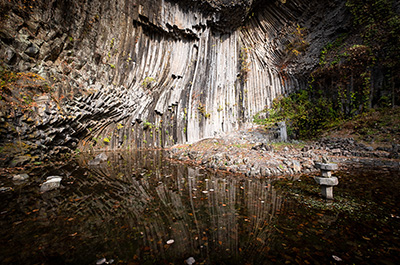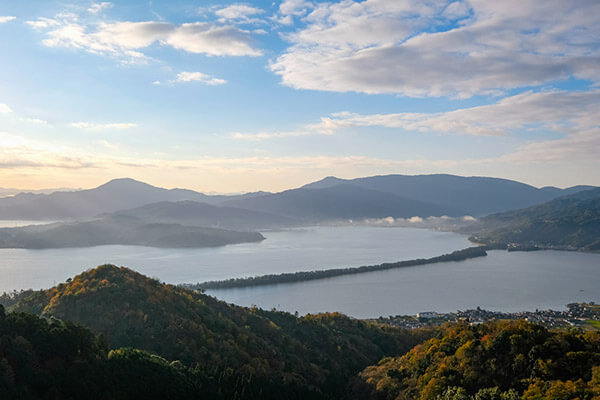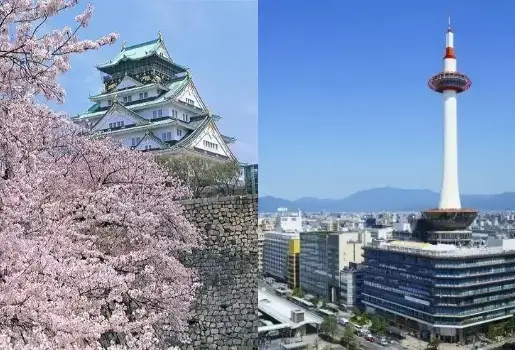STORY


One of the Earth's miraculous creations—experience an abundance of amazing views in the San'in Kaigan Geopark
The nation of Japan extends in a soft, arc-shaped archipelago in the north-western part of the Pacific Ocean with the main island of Honshu at its center.
It came into being through spectacular acts of topographical drama around 25 million years ago, when its original form separated from the Eurasian Continent and was torn apart by violent volcanic activity and the movement of tectonic plates. Seawater flowed into the gaps that were left which resulted in the Japan Sea, which gradually continued to expand between 19 and 11 million years ago. This caused the archipelago to move further away from the continent and settle into its current form and location.
The coastline of Tottori and Hyogo facing the Japan Sea was the part that separated from the Eurasian continent, and this area was designated as the San'in Kaigan Geopark, exhibiting spectacular views of a number of remnants of that ancient drama. The geopark starts in the west with the Tottori Sand Dunes, the largest of its kind in Japan, that stretch 16 km from west to east and 2.4 km from north to south. Due to the super-fine sand (one-eighth of a millimeter) in the dunes here, very beautiful, and in a way artistic, stripy sand ripples are created by the wind, with their patterns changing form over time.
The sand here originates in volcanic rocks in the Chugoku Mountains, and is carried by the Sendai River to the shore, crumbled into finer particles by the waves or wind and thereafter gathered to form the sand dunes.
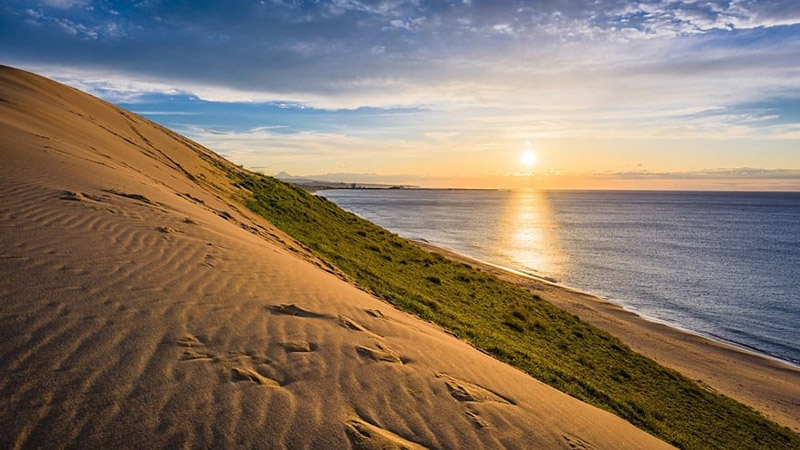
The sand dunes in winter are also impressive, as their massive snow-covered expanse shines brightly with the reflection of the sunlight. The Sand Museum here exhibits art pieces created by artists from all over the world using sand from the dunes, and regularly organizes exhibitions focusing on particular countries and regions, showcasing the enormous scale, size and intricate details of each piece.
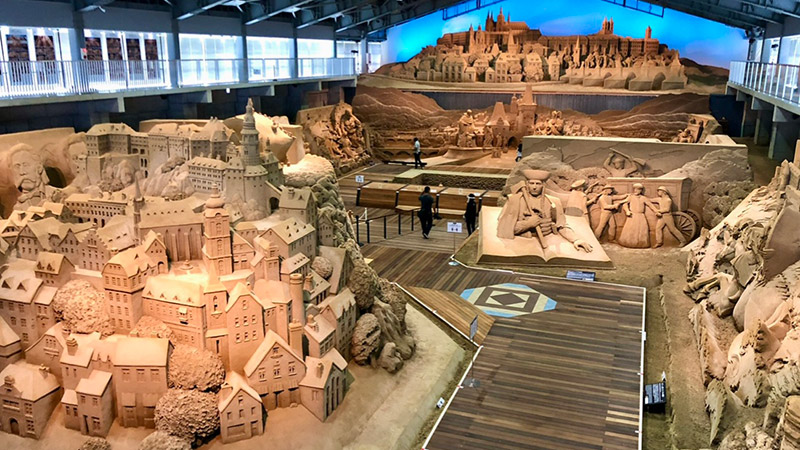
Heading east from the Tottori Sand Dunes along the coast, you can enjoy the seamless experience of viewing natural features created by the volcanic activity and erosion, such as cliffs, sea caves, odd-shaped rocks and shorelines. The must-see points here are pine trees dotted along the white-sand of Uradome Coast in Tottori; the Shitaara Domon rock cave of Tajima Mihonoura, the Senjojiki rock formation on the Kasumi Beach, the Hasakari-iwa rock on Takeno Beach in Hyogo; and the "singing beach" on Kotobikihama Beach in Kyoto. One of the more popular spots of late is the "Like (thumb up) Rock" on Anami Beach in Hyogo's Shin-onsen Town. In addition to these, there are numerous other great features along the coastline, such as valleys, waterfalls, and terraced rice paddies.
The San'in Kaigan Geopark Trail (230 km in length, and 330 m in elevation difference) opened in February 2020, offering various opportunities for everyone, from beginner to advanced levels, to discover interesting features on foot. If you would like to learn the culture and history behind the geopark, visit The San'in Kaigan Geopark Museum of the Earth and Sea in the Tajima Beach area to see a wide range of exhibits, including topographic, geological, geographical and biological features.
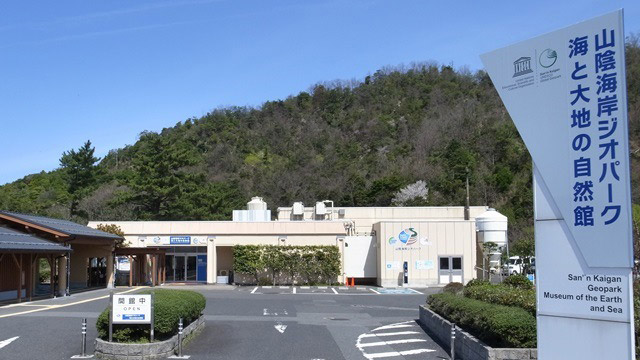
While the Pacific Plate aided the Japanese archipelago in its separation from the continent, it also helped create the area's therapeutic hot springs. A number of hot spring resorts have been developed near the geopark, one of which is the Yumura-onsen resort in Shin-onsen Town, Hyogo Prefecture, producing water of nearly 100C in temperature. The water is heated around the 100 m-thick Pacific Plate below the Yumura Fault, and is provided to every household in the area through their taps. There is also a communal spring water station which is visited by the people from approximately 400 local households to boil their vegetables. As the sodium bicarbonate contained in the water makes the water slightly more alkali, the color of the vegetables will turn brighter after boiling.
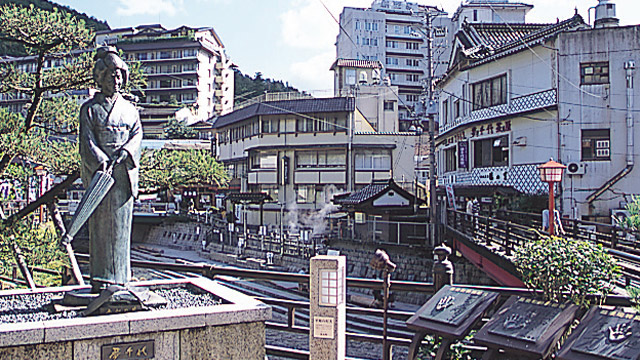
Further east, the San'in coastal area of Kyoto Prefecture offers some amazing spots to visit. For example, you can see the bright orange sunset over the ocean at Yuhigaura Beach in Amino Town, Kyotango City, and the traditional townscape in Ine-no-Funaya (Boat dock houses), late popular place, with around 230 houses lining the water's edge, with boat houses located beneath them.
The final and perhaps most famous feature at the east end of the geopark is Amano Hashidate, which is a 3.6 km stretch of 20-170 m wide sandy beach with approximately 5,000 pine trees on it. It was formed over thousands of years with accumulated sand and sediment carried by the Tsushima Current from the Japan Sea and the Noda River that flows into the Aso Sea. As its shape resembles a bridge over heaven, it was named Amano Hashidate, meaning "heavenly bridge." It is very well known as one of the most scenic spots in Japan, along with Matsushima in Miyagi and Miyajima in Hiroshima.
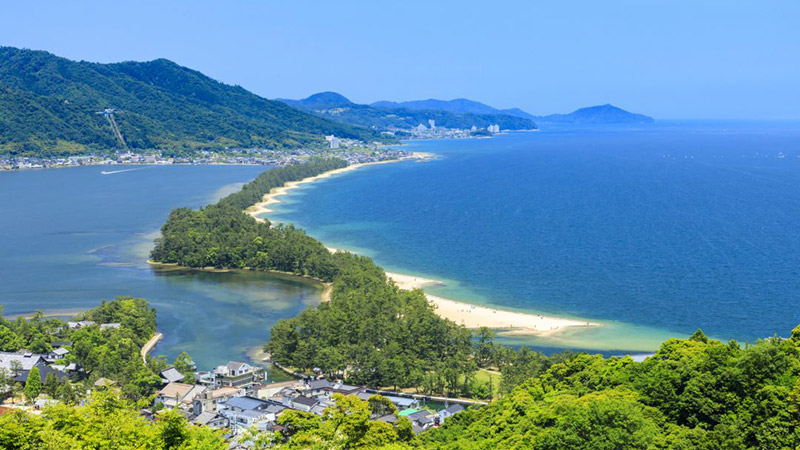
This area features the ria coastline, created by volcanic activity and marine erosion. It is not only beautiful to look at, but also provides a rich array of fishery resources. As nutritious elements from the nearby forests flow into the sea and the fishing ground, this is a splendid habitat for fish from both cold and warm waters. A wide range of marine products are harvested here all year round, including zuwaigani crabs and firefly squids, with the largest catch in Japan, as well as white squid, sandfish, yellowtail, cockles and oysters.
Of course it is fun to visit historical remains and buildings that were made by humans, but it can also be a great learning experience to discover the creations of mother nature. The San'in Kaigan Geopark offers an amazing opportunity to immerse yourself in the earth's history from around 25 million years ago. Certainly, it is important to educate ourselves in our daily lives by learning about so many things connected to our world, including its nature, fauna, flora, history and culture.
